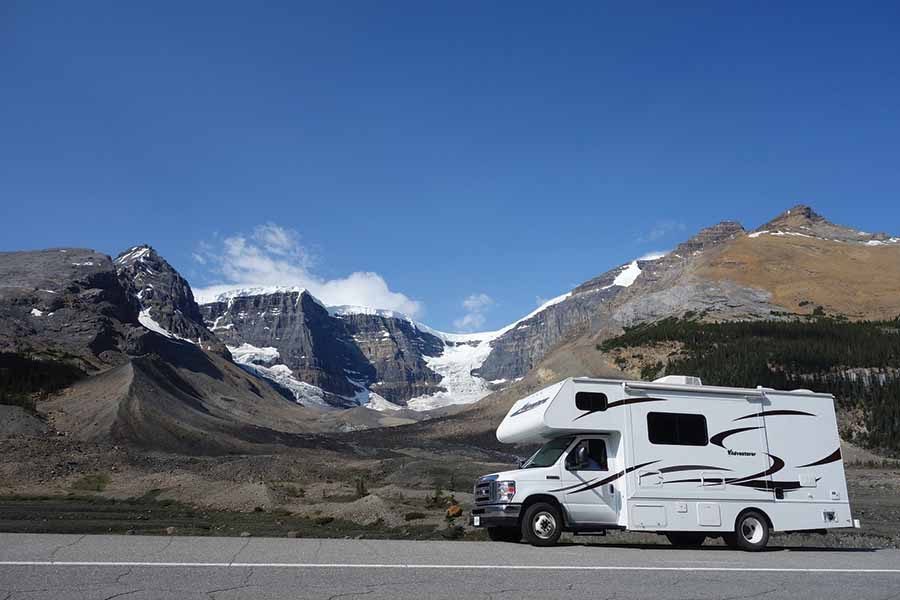
Home » RV demand surges and Covid is only part of the reason
RV demand surges and Covid is only part of the reason

May 12, 2021
In the topsy-turvy pandemic economy, RV demand is at a record high, with manufacturers set to ship upwards of 543,000 units in 2021, easily besting the previous record of 504,600 units shipped to dealers in 2017.
For dealers and customers alike, record demand means waiting lists for the most popular models.
“The pandemic is part of the story, but it’s not the whole story,” said Monika Geraci, spokeswoman for the Recreational Vehicle Industry Association (RVIA). The Reston, Virginia, association represents nearly all manufacturers and suppliers of RVs in the U.S.
Manufacturers were coming off a five-year growth streak when the pandemic hit, fueled by population growth, low interest rates and the fact that the U.S. tax code treats RVs as second homes, meaning owners can deduct the interest on purchase loans.
“We were looking for a great 2020. And then of course, the pandemic hit and we didn’t know what to expect,” she said.
Customers cite a love of road trips, the comfort of having their own space and controlling their own environment as reasons to buy. Demographics factor in too with more retirees.
“It’s the same reasons people always bought RVs, but there’s a greater awareness that it’s not your grandparents’ RV,” she said.
Covid-19 has played a role by offering families a self-contained way to travel that skirts engaging with restaurants and hotels face-to-face.
RV rentals soared. In a December 2020 survey of RV renters by Thor Industries, 46% said they hadn’t rented RVs prior to the pandemic. And in a sign of demand to come, three quarters of the renters who completed the survey said they are considering buying an RV.
That gives manufactures confidence to expand their ability to build RVs, which is chiefly centered in the Midwest, said Geraci.
“We don’t see this as a short-term pandemic-only influx,” she said.
For prospective buyers hoping that the uptick in demand will lead to a downturn and discounts, Geraci said it’s unlikely.
“That’s not what we’re seeing,” she said.
A recent study looked at the demographics of RV buyers and it is skewing young. About one in five owners are under age 35, with 84% saying they plant to buy new in the next five years.
“That alone speaks to the future of the industry when you have that many younger owners as buyers,” she said.
Transportation
KEYWORDS may 2021





